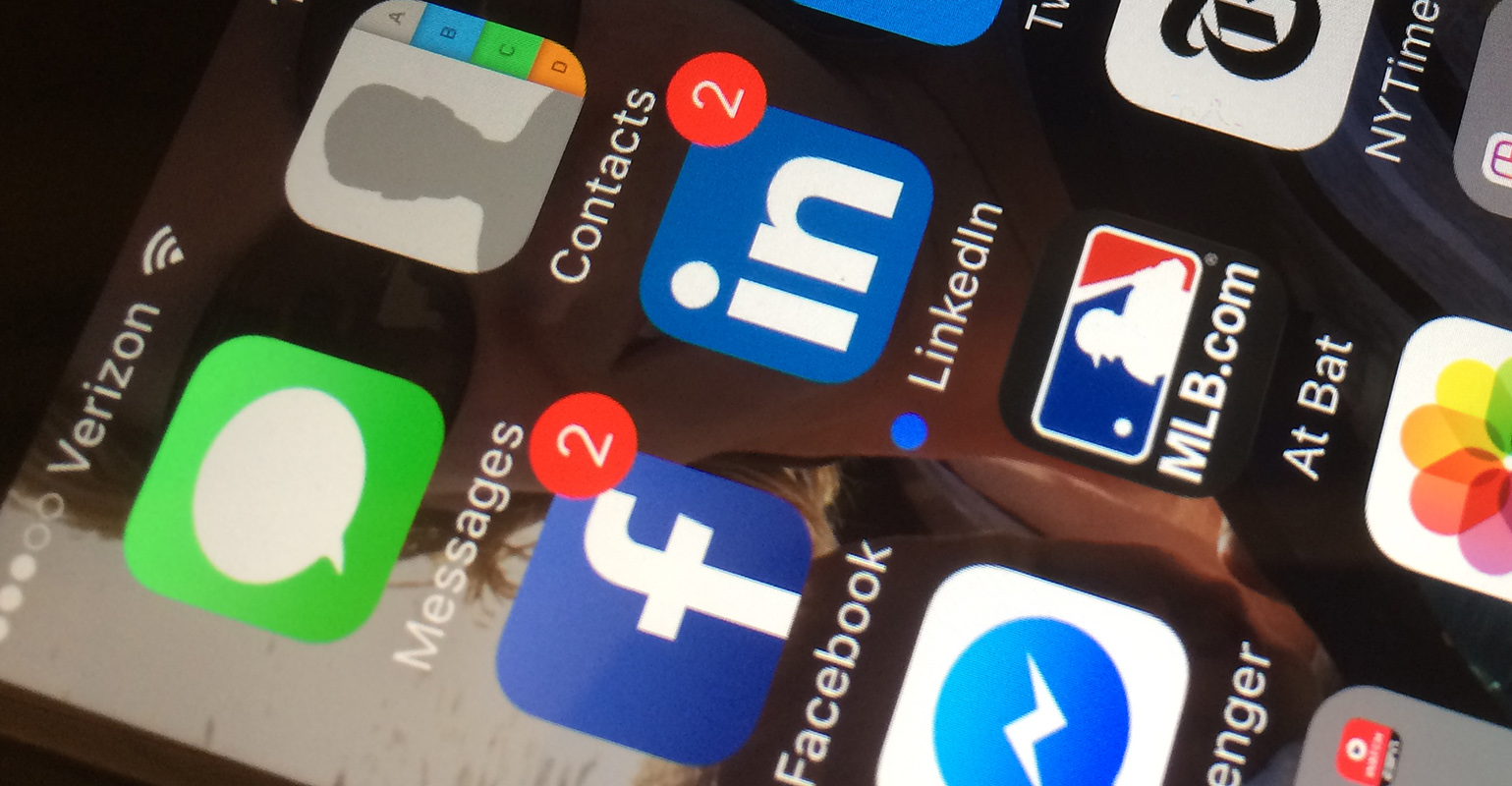
Attention financial industry—it’s time to invest in your own future!
You might have noticed your prospects and clients are glued to smartphones. So, why is the industry that wants people to invest “for the long-term” so quick to judge something that is so clearly here, and at the same time cling to the AM radio and snail mail of yesteryear?
We believe in all forms of marketing but the bulk of ours is in the digital space. Why is that? Because we live in a digital world. Whether you like it or not, YOU are in the digital space, too.
The facts are in, and they have been in for a while: the high-net-worth baby boomer is online … a lot. And the best part about it is that the financial industry still hasn’t figured it out, making it beachfront property for those who have. These stats to prove it.
- 78% of baby boomers are active on Facebook
- 67% of baby boomers are heavy users of YouTube
- 31% of baby boomers are active on LinkedIn
- The “No. 1” talk radio station in any market averages about one-fourth (25%) of the reach that Facebook has among the baby boomer demographic
There are only a few online platforms that reach an amazingly high percentage of people: Facebook, YouTube, LinkedIn and Instagram. The fact that you can reach them in very narrowly targeted footprints is a huge advantage compared to other advertising platforms. There wasn’t such a captive audience in one place since there were three television networks and no cable.
Think of it this way: If it was a weeknight at 11:30, the entire country watched Johnny Carson. Now, the entire country watches Facebook.
- Digital represents a much larger field of prospects with a much lower field of competitors in the financial space.
- Digital and social media marketing provide a way to select an audience in a way no other marketing platform can.
- Effective digital campaigns are about half the cost of broadcast campaigns
- You can get far more information on the success of your campaigns
- Social media is a great way to establish your brand and conduct genuine marketing efforts (that show higher conversion rates) as opposed to infomercial-style ads.
Now, it’s important to acknowledge that a common objection to digital is that many of the leads aren’t ready to “meet.” But the fact of the matter is that about 10-12% of digital leads can convert to a one-on-one meeting. So, potentially 90% of the total people that populate your new list of prospects will be willing to meet face to face.
Compare this to the .05% return on snail mail. And compare this to how many people “might” hear your commercial on the radio versus how many people call you. Why are advisors OK with this?
The fact is that data is not perfect. It’s is a game of percentages. It just turns out the data you receive from digital is more tangible than broadcast or mail. And it’s for this reason: you can see the “bad data”—the people that don’t engage, whereas you don’t see the 99.5% of the people that don’t respond to your snail mail or radio campaigns, and you just get the leads that “might” convert to an appointment.
We’ve routinely seen some advisories spend literally hundreds of thousands of dollars in “safe and traditional” forms of marketing to predictably poor results. Is it truly safe if it doesn’t work?
Digital marketing is still (stunningly) “new” to your industry. Oftentimes your only advice comes from in-house marketing departments at financial institutions (RIAs, B/Ds). Or “specialists” in only one form of digital marketing (kind of like putting your equities investments in one company’s stock). And the “generalist” digital company that doesn’t understand the financial business.
Effective digital campaigns are much more affordable and yield a much higher ROI. But generating results from digital requires two things:
- Someone that knows what they’re doing and can show you empirical results on your industry.
- Time.
Look, 40 years ago when someone decided to do a dinner seminar, there was a bit of trial and error. Generally (almost always) it takes about two months to learn the algorithms that apply to your online audience. The good news is that even in the very beginning, when you may not be converting leads to appointments, wonderful things are happening:
- You’re branding your firm to thousands of prospects and clients (not bad for referrals).
- You’re building a first-party database—the most important thing for any business today.
So, you want to get into digital. First, you must accept the fact that we live in a digital world, and like it or not … if people use Google to find your number, visit your website or look at their financial statements online, you are in the digital business. These are your next steps:
- Commit to finding your own digital marketing advisor to help you understand realistic expectations.
- Find a firm that can share quantifiable results including multiple clients in multiple markets over multiple years.
- Your digital path should have multiple platforms: Facebook, LinkedIn, email, etc.
- Commit to a reasonable budget for at least one year.
- Create benchmarks along the way.
- Build a database of qualified leads to market to for the long haul.
- Do not take broad, unactionable advice from someone at your financial institution.
If you have all these components, it is very likely that you will transform the way you compete and be a first mover in laying your claim to the digital landscape. Remember, anything new takes time … and in a world of “instant gratification,” time is the hardest part for many. Patience, direction and commitment are what will underpin your success in the digital space.
John Capuano is co-founder of Lone Beacon Media
from Digital Marketing – My Blog https://ift.tt/vDxGgJ1
via IFTTT

0 Comments